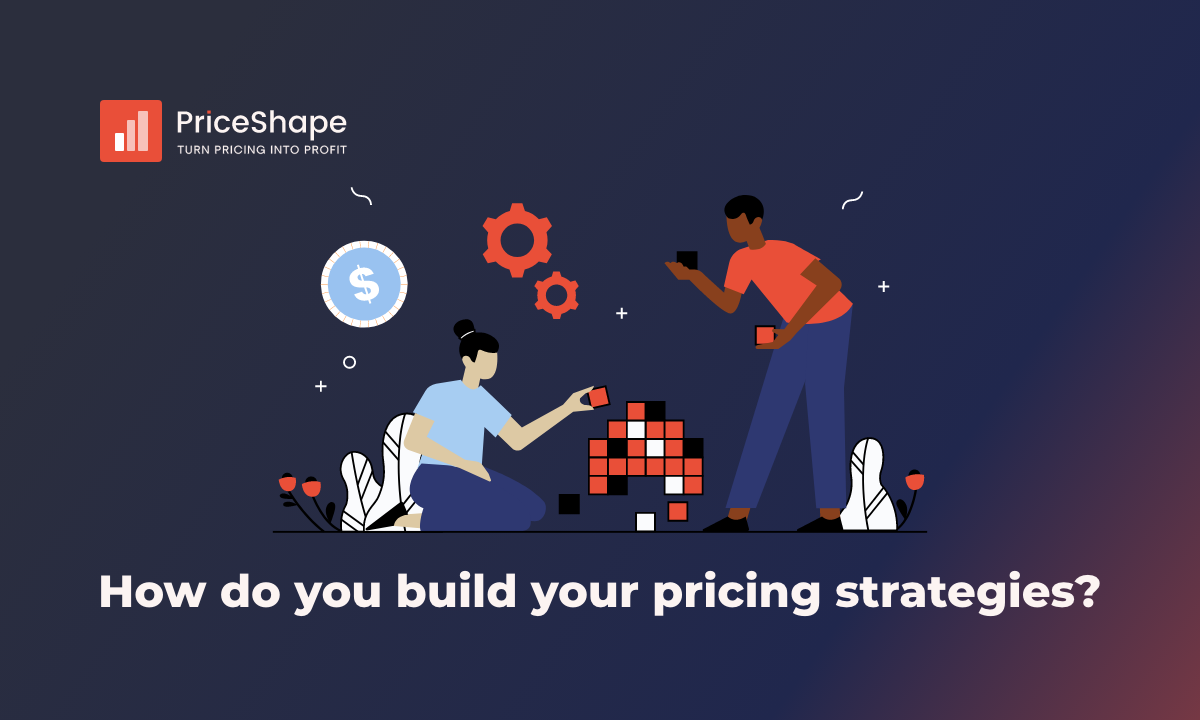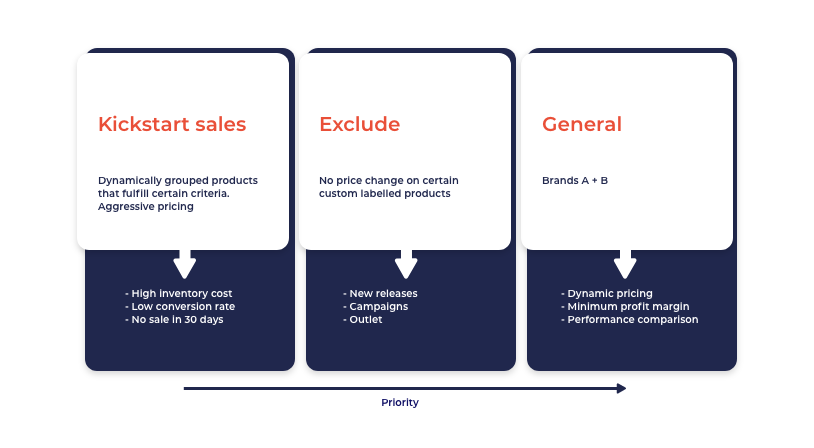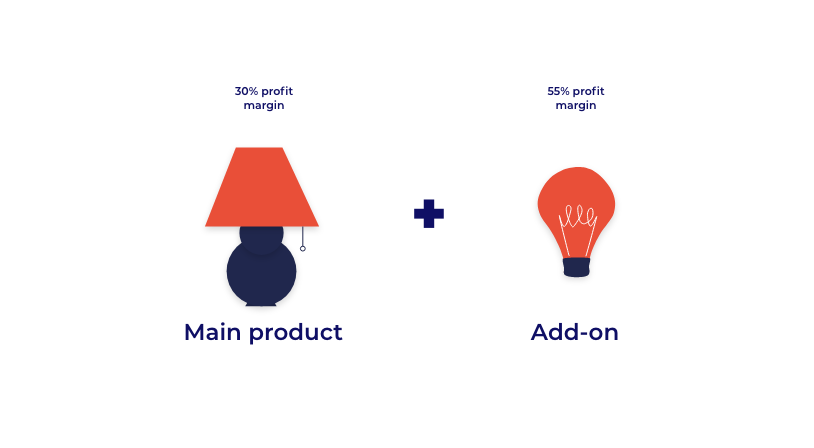How do you build your pricing strategies?
Where to start with structuring price rules to overcome different needs and maximize impact on profits.

Let’s face it. Price levels change significantly in the market, and monitoring and reacting to all items is exhaustive. The intended output of reading this blog is to provide you with thoughts on how to work more intelligently and effectively with grouping your products’ prices in the market. The topics we will look at are:
- General thoughts on grouping assortment into profitable pricing
- How to realize a high profit margin on additional cart items
- How to maintain and develop strategies over time
Some of the points below will seem complex if you are not already working with several dynamic pricing strategies. But fear not because that is precisely the stage where there are many low-hanging fruits to pick in your pricing.
Should price strategies rule all products?
You might have more brands than can be named in one minute and even more price exceptions for the products within these brands. Many products can be both competitively and profitably priced with a general strategy. In such a strategy, you consider relevant competitors and a sustainable minimum product profit.

There are probably also products that shouldn’t change the price in your assortment for some reason. It could be new releases that are trending or products with high scarcity. Products that, in some cases, benefit from a temporary exclusion of dynamic price changes. You might also run campaigns, outlets, or seasonal sales on some products. In a pricing tool, grouping these products is a price strategy and gives you the opportunity for performance comparison.
Pick your fights
Based on experience, the best practice is to divide different product segments into other strategies. You can point out key competitors within each segment based on the perception of the consumer’s comparison alternatives.
Imagine that the consumer has considered buying a new lamp for quite some time and finally put the item in the shopping cart because your price was the best on the market. Using the same pricing strategy for the add-on purchase of, i.e., light bulbs, would not be the most beneficial pricing strategy.
Where you might set the price level at a regular profit margin for the lamp, you could probably realize a high margin for additional items that function as cart-closers and not cart-openers.

Review your strategy setup
What might be the market picture now is probably different from what it looks like next month. Some of the questions you can ask yourself to make sure you have the correct pricing setup are:
- How many products are so competitively discounted that they reach the minimum margin?
- Which products do I need to lower the margin to initiate sales?
- What is my average margin?
This will give you an idea of what to re-stock and at what cost, price, and margin threshold you would rather bet on some brands.
To sum-up:
By having a structure for your pricing, you aim to be relevant to the majority of your assortment and pave the way for growth. The next step is to be ambitious and make advanced strategies for products you believe can perform better. We at PriceShape can help you with this, get started here.



